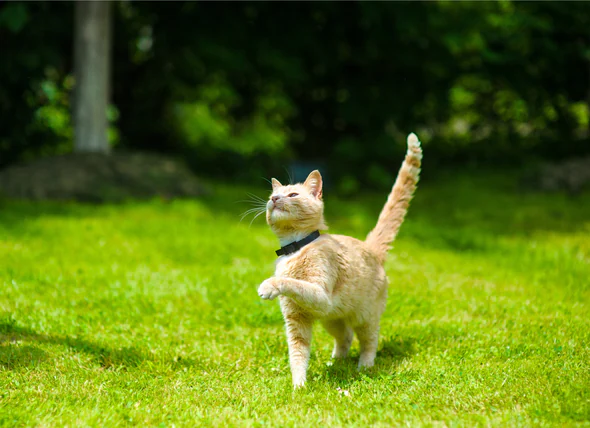Persian cats are one of the most popular and sought-after cat breeds in the world. People love this breed due to their silky, long fur, a mushy face and beautiful expressive eyes. But it’s truly their laidback and calm personality which attracts the cat lovers the most.
And even though cats are popular for being unbothered and having not too affectionate personality, Persian cats are quite affectionate and what you can consider lap cats.
If you are thinking of getting a Persian cat, there are a few things you need to consider. We have in this article provided a lot of important information about this cat breed which can help you know more about them and also help you to decide whether they are the right pets for you and your family.
Quick information
| Height | 10-15 inches |
| Weight | 7-15lbs |
| Coat | Long and silky |
| Breed | Purebred |
| Eye colour | Hazel, blue, Blue-green, copper |
| Energy level | low |
| Temperament | Playful, gentle, friendly, affectionate |
| Life span | 10-13 years |
| Colours | Golden, smoke, shaded, red, chocolate, tabby, white, cream |
| Shedding | High |
| Availability | Moderately available |
Pictures
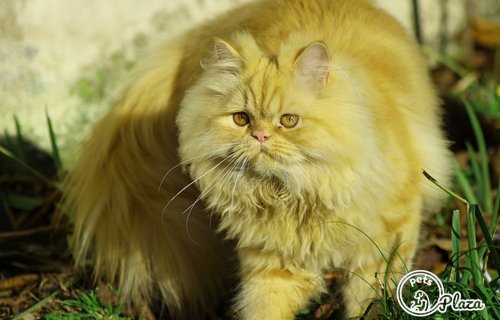
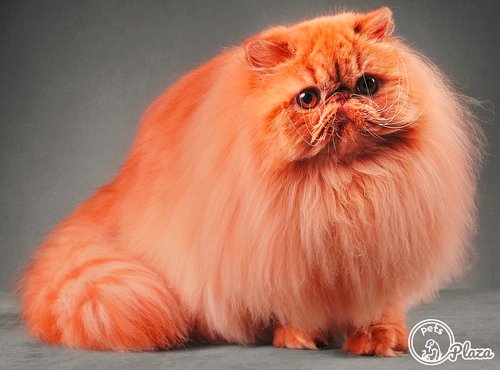
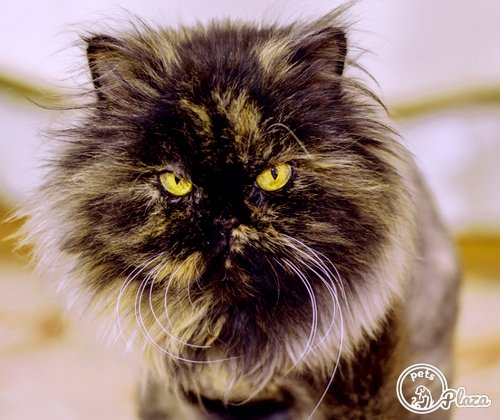
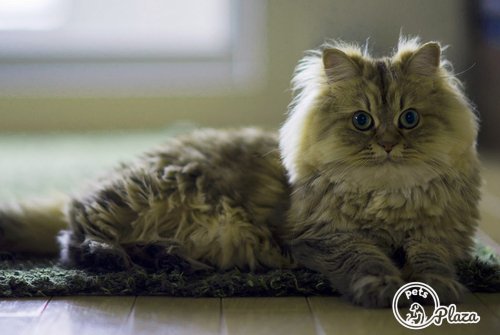
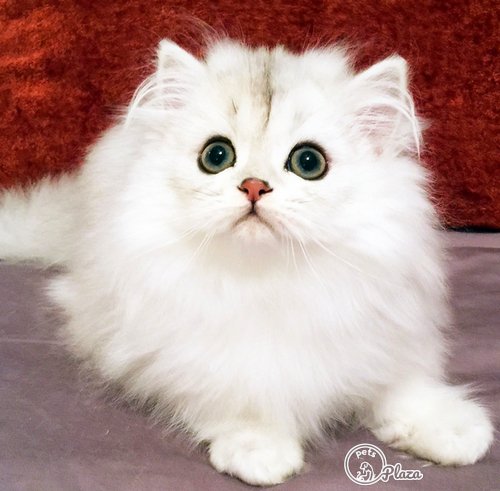
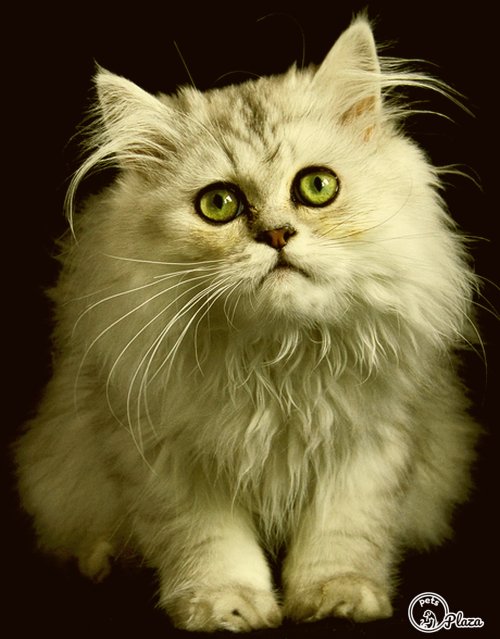
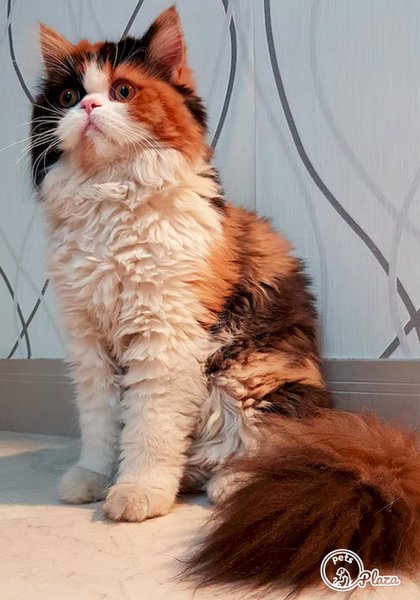
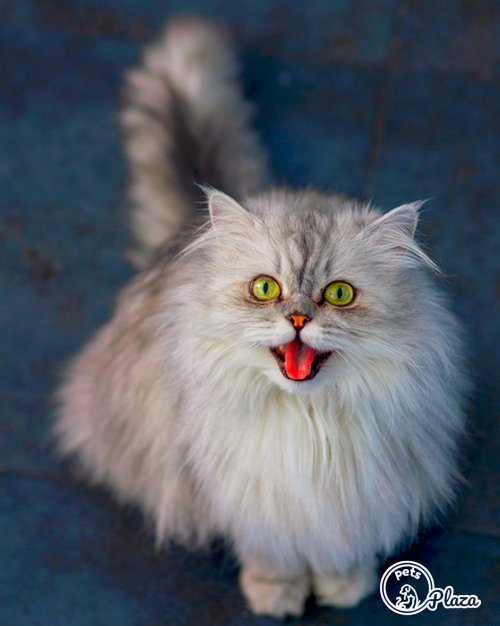
What Is The History Of Persian Cats?
As the name clearly suggests, Persian cats are known to have originated in Persia, currently known as Iran, and also in Turkey. They are in fact, very similar to Angora cats, a breed named after Ankara, the capital city of Turkey.
Persian cats have been around for a long time, since the 1500s, however, not much is known about their history. They were brought to Italy in the 16th century from Persia by Pietro Della Valle, an Italian nobleman.
From Italy, they then were brought to England where their popularity soared when queen Victoria acquired two blue Persian cats in the mid-1800s. They were, however, first time exhibited in in England in 1871 in a cat show, which was in fact, the first cat show in the world that took place at Crystal Palace in England. Their popularity took them to America in the 19th century, where the people loved the breed due to its luxurious and graceful appearance.
Temperament And Personality Of Persian Cats
As mentioned above, Persian cats are known for their calm and laidback nature. These cats might be lazy, however, just like other cats, expect them to come into action and exhibit kitten like energetic behaviour from time to time. These docile cats love to relax and are not much active and energetic.
They are extremely loving towards their owners, and because of their affectionate personality, people often refer to them as dog cats. Male Persian cats are usually more affectionate than female Persian cats, however, unneutered males can frequently show signs of aggression, especially towards other cats of the same gender.
Are Persian Cats Cuddly?
Persian cats love to cuddle, and are known as lap cats. They love being pet, sometimes for extended period of time. They are docile cats that can ideally live in small houses and apartments.
They are friendly cats that are patient, and hence, pretty good with kids and other pets. But they can get anxious when left with playful dogs or young puppies. They also adapt much better with older children than they do with younger ones.
However, Persian cats are not very energetic and playful. They are also not very social and will not ask you for attention, but will love spending time with you. These are quiet cats that don’t make much noise and are happy to be left alone most of the time.
What Are The Different Kinds Of Persian Cats?
- Solid- as the name clearly suggests, solid coloured Persian cats have one uniform colour without any shading. While brown coloured Persians are more common, some other common colours are black, white, red, chocolate and cream
- Bicolour- as the name suggests, these cats contain of only two-colour pattern. They have uniform white coat with patches of colour on their fur such as blue, cream, black, chocolate and lilac.
- Tabby pattern- this is a popular Persian cat breed which is further categorized into patched, mackerel, and classic. They have striking markings on their fur that are usually seen in wild cats. These cats have an outgoing and fun temperament and are more energetic than other Persian cat breed.
- Chinchilla- chinchilla Persian cats get their names from chinchilla, a rodent that has similar thick, white coat. These cats are usually silvery-white in appearance. Chinchilla Persians are purebred and hence, experience some common genetic health problems.
- Smoke and shaded- these Persian cats are a beauty to look at. When they are lying still, they appear to be of a solid colour, however, when they move, you can notice the white coat underneath. Mostly in these cats, the coat is of silver or white colour, whereas the shaft is of different colour like black, blue, cream, or blue-cream shade.
- Parti colour Persians- when it comes to parti colour Persian cats, there are 5 kinds- cream blue, cream lilac, chocolate shell, tortoiseshell, and turtle shell. All the 5 kinds have copper eyes and contain of a solid base colour with patches of second colour.
- Silver and golden- this breed contains markings on their coat known as tipping which means their coat is usually white in colour with some dark colour on their backs, legs, face, or paws.
- Himalayan- Himalayan Persians are a popular breed that came into existence after crossbreeding a Persian with Siamese cat. Their eyes are mostly of blue colour whereas their coats can be of different colours like red, chocolate, beige or gray.
Health And Care
Due to breeding of Persian cats over the years, they are prone to a number of health issues. When they are cared for properly, these cats can easily live up to around 12-14 years, sometimes even more than that. You don’t have to make vet visits often with them, just once a couple of months is enough in order to check that your pet is healthy and fine.
Just like any other cat, Persian cats also need the required vaccines in order to keep them healthy. While there are some essential vaccines that one must provide to their cats, there exist a few non-mandatory vaccines as well which you can give to your cat on a precautionary basis.
In order to know more about the vaccines for your Persian cat, you should take them to a vet who will provide you information of what vaccines does your cat need and at what age.
What Are The Diet Requirements Of Persian Cats?
Persian cats are picky eaters, so proper attention should be given to their diet. Make sure that you are feeding them a diet that is low in fat and rich in protein and fiber. Since these cats are not very active, you need to ensure that their diet is in control or they might turn overweight. Dry or wet canned cat food is the best choice of food for them.
Also, since these cats have flat shaped faces, they might experience difficulty in eating food of certain shape and sizes. Hence, if your cat refuses to eat some type of food, there is a good chance that it is because of the food’s shape.
Common Health Problems
Persian cats do have cute faces, but because of their cute faces, they also suffer from a lot of difficulties and genetic health problems. It is essential that you pay close attention to your cat, so that nay healthy problem is discovered and treated soon. In fact, a study in the UK says that 2/3rd of these cats face at least one serious medical condition. This is why selecting a right and responsible breeder is vital for the new owners
If you are a Persian cat owner, you need to be informed of some common health problems that this breed face. Some of these health problems have been listed below:
- Heart disease, in particular the hypertrophic cardiomyopathy heart disease
- Thromboembolism, which causes blood clots inside the cat’s heart
- Polycystic kidney disease, where cats get cysts in their kidneys. Cats start showing signs of this disease when they are around 8 to 10 years old.
- Dental diseases
- Feline lower urinary tract diseases
- Breathing difficulties due to their face shape
- Eye diseases, such as cherry eye syndrome, entropion and progressive retinal atrophy
- Excessive tearing of eyes due to their bulging eye shape
- Liver shunts, where blood flow to the liver gets affected causing amenia and bladder stones
- Hip dysplasia
- Brachycephalic airway syndrome
- Corneal ulcers
- Ringworm and mange
Grooming
- While Persian cats have long, silky coats that look really graceful and attractive, they also require constant grooming, making these cats extremely high-maintenance.
- These cats need their coats to be brushed daily, which is a tedious chore, and sometimes take about an hour to get rid of all the knots and tangles.
- Their coats also don’t shed dirt and dust on their own, hence, need regular grooming or else will get matted easily which can be painful for your cats.
- Proper attention should also be given when your cat is using the litter box. This is because litter can get stuck in their paws or their coat.
- You need to make sure to clean their litter box regularly.
- There is no need to bathe them regularly, once a month batch is good enough for them.
- Bathing them frequently can wash way their natural oils and leave the coat rough and itchy. Do make sure that you trim your cat’s nails frequently.
- Untrimmed nails can break and cause pain and discomfort to your cat.
- Frequent ear cleaning is also a must to ensure there is no infection due to accumulated dirt in your cat’s ears.
- When it comes to dental hygiene, once a week dental cleaning is enough for your cat.Persian cat eyes should also be frequently cleaned.
- As already mentioned above, due to their bulging eye shape, they can suffer from excessive watering and straining.
- You need to wipe near your cat’s eyes regularly to make sure they are clean.
Training
- Cats in general are not easy to train, however, Persian cats are known to be slow learners.
- Persian cats like most of the other pets are easier to train as young kittens.
- These are sensitive animals, and hence, it is important that you don’t scold them or be too harsh with them while training.
- Positive reinforcement with a lot of treats is the best way to train them.
- If you are a new pet owner, it would be advisable to take your cat to a professional trainer so that it can get properly trained.
- One of the main areas where cats need training is using their litter boxes.
- You can use treats, rewards, and sign movement to train your cat to use litter box every time he litters.
- Don’t keep your cat in cage or enclosed spaces for a long time while trying to punish them as this can make them aggressive and annoyed.
Frequently Asked Questions
Q1. What is the breed price in India?
The cost of a Persian cat in India usually vary between Rs.10000 to Rs.30000 (INR, ₹) depending upon a number of factors such as breed’s purity, whether you are adopting or buying it from a breeder, your location and so on.
Q2. What is the breed price in USA, UK, and Canada?
In the USA, price of a Persian cat can be somewhere around $1300-$2500 (USD, $), in Canada this cat will cost you around Can$800 to $3000 (CAD, Can$), and in UK its cost can be around £1000-£1500 (GBP, £).
Q3. Are Persian cats aggressive?
No, Persian cats are not aggressive. They are quite relaxed and laidback. However, male Persian cats when not neutered can often show signs of aggressiveness towards other pets, especially of cats of the same gender.
Q4. Are Persian cats friendly?
Yes, Persian cats are docile cats that love to relax and laze around. That’s why they adapt to small places pretty well. They are friendly towards kids and other animals as long as their personal space is not encroached upon.
Q5. What is the average litter size of Persian cats?
The average litter size of a Persian cat is usually around 3 to 6 kittens.
Q6. Are Persian cats hypoallergenic?
Persian cats have long coats that can attract a lot of dirt and also tend to shed a lot. Thus, they are not hypoallergenic and most people with allergies find these cats to be really irritable
Q7. Do Persian cats need regular exercise?
No, Persian cats don’t need regular exercise, they are not very athletic and energetic and like to relax a lot. However, moderate exercise is necessary to keep them fit and healthy
Q8. What is the annual maintenance cost of Persian cats?
The annual maintenance cost of Persian cats include neutering/spaying charges, vaccination charges, medicines, cat food and cat litter and vet visits, if any. The total amount would come to around Rs. 20000.

